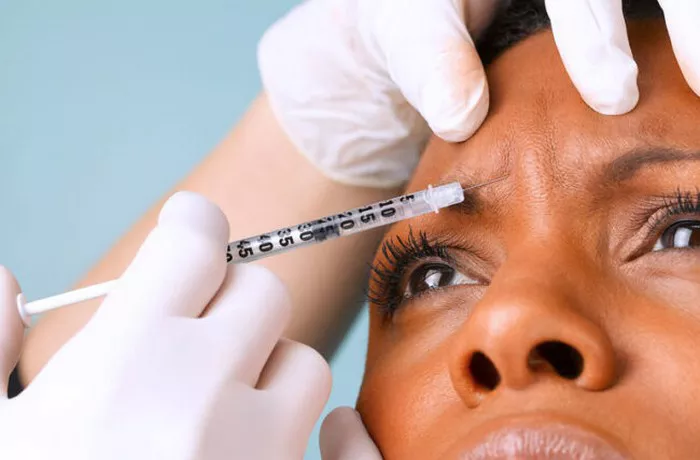Wrinkle fillers, also known as dermal fillers, have become popular cosmetic treatments for addressing facial wrinkles and lines. These injectable fillers offer a non-surgical solution to restore volume, smooth out wrinkles, and rejuvenate the skin. As with any cosmetic procedure, one of the key considerations is how long the results will last. In this article, we will explore the longevity of wrinkle fillers, factors influencing their duration, and the different types of fillers available to help individuals make informed decisions about their aesthetic goals.
Understanding Wrinkle Fillers
Wrinkle fillers are cosmetic injectables designed to add volume, lift sagging skin, and diminish the appearance of facial wrinkles and lines. They are primarily composed of substances such as hyaluronic acid, calcium hydroxylapatite, poly-L-lactic acid, and polymethylmethacrylate microspheres. These substances are safe for injection into the skin and can deliver remarkable improvements without the need for surgery.
Types of Wrinkle Fillers and Their Durations
The duration of wrinkle fillers varies based on the type of filler used and individual factors. Here are some common types of wrinkle fillers and their average durations:
Hyaluronic Acid Fillers: Hyaluronic acid (HA) fillers are the most widely used type of wrinkle filler. They offer temporary results that can last anywhere from 6 to 18 months, depending on the specific product and the patient’s metabolism. HA fillers are gradually absorbed by the body over time.
Calcium Hydroxylapatite Fillers: Calcium hydroxylapatite (CaHA) fillers are known to stimulate collagen production in the skin, providing longer-lasting results. On average, the effects of CaHA fillers can last around 12 months or longer.
Poly-L-lactic Acid Fillers: Poly-L-lactic acid (PLLA) fillers work by stimulating collagen production over time. While the initial results may be subtle, the improvement can last up to 2 years or more.
Polymethylmethacrylate Fillers: Polymethylmethacrylate (PMMA) fillers contain tiny microspheres that remain in the skin permanently. The results of PMMA fillers can be long-lasting, often lasting up to 5 years or more.
Factors Influencing Duration
Several factors can influence how long wrinkle fillers last for an individual:
Type of Filler: As mentioned earlier, different types of fillers have varying durations due to their unique composition and mode of action.
Metabolism: Each person’s metabolism is different, and some individuals may metabolize fillers faster than others, affecting the longevity of the results.
Injection Technique: The skill and expertise of the healthcare professional administering the fillers can impact how well the product integrates with the skin and how long it lasts.
Location of Treatment: The area of the face where the filler is injected can influence how long it lasts. Areas with more movement, such as around the mouth, may require more frequent touch-ups.
Individual Response: Everyone’s body responds differently to fillers, and some individuals may experience longer-lasting results than others.
Maintaining Results and Repeated Treatments
To maintain the results of wrinkle fillers, individuals may consider follow-up treatments. Touch-up sessions are often recommended as the effects of fillers gradually diminish. Many patients find that subsequent treatments help sustain the desired outcomes. Moreover, consistent treatments can also encourage collagen production and lead to improved skin quality over time.
Conclusion
Wrinkle fillers are a popular non-surgical option for addressing facial wrinkles, lines, and volume loss. The duration of wrinkle fillers varies depending on the type of filler used, the location of treatment, and individual factors. Hyaluronic acid fillers typically offer temporary results lasting between 6 to 18 months, while fillers like calcium hydroxylapatite and poly-L-lactic acid can provide longer-lasting effects for up to 2 years or more. Polymethylmethacrylate fillers, containing microspheres that remain in the skin permanently, can offer results that last up to 5 years or longer.
To maintain the benefits of wrinkle fillers, follow-up treatments are often recommended to sustain the desired outcomes and support ongoing collagen stimulation. For those considering wrinkle fillers, it is essential to consult with a qualified and experienced healthcare professional to discuss the most suitable filler type and treatment plan based on individual aesthetic goals and preferences. By understanding the longevity of wrinkle fillers and the factors that influence their duration, individuals can make informed decisions about enhancing their appearance and achieving smoother, more youthful-looking skin.


